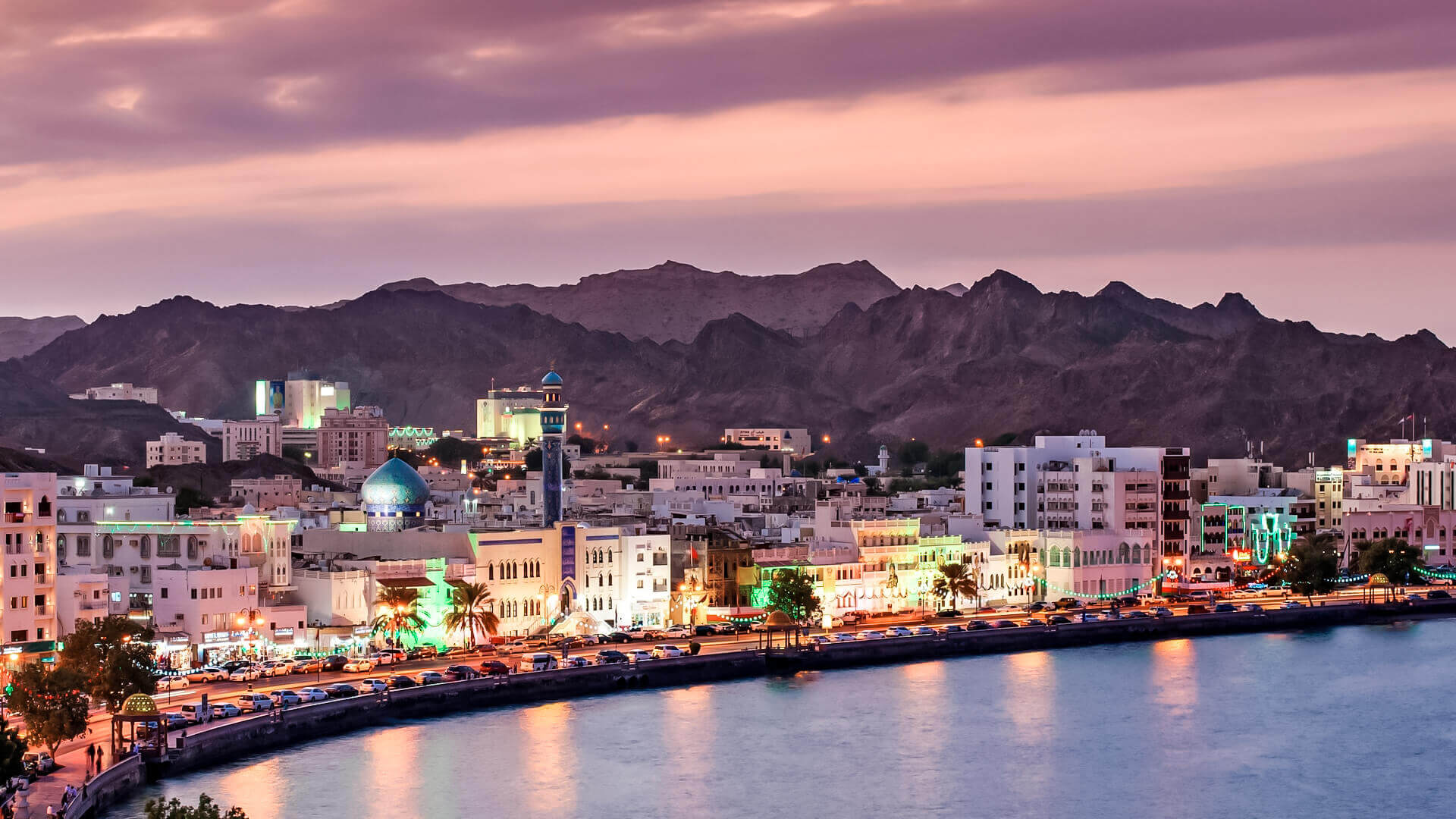Citizens of the following countries may acquire a single entry visa upon arrival at any air, land, or sea terminal:
Citizens of the European Union and other Europeans, including nationals of Iceland, Liechtenstein, Monaco, Norway, San Marino, Switzerland, and the Vatican City, but not of Cyprus and Malta.
Albania, Andorra, Argentina, Australia, Bolivia, Bosnia and Herzegovina, Brazil, Brunei, Canada, China, Chile, Colombia, Croatia, Ecuador, French Guyana, Hong Kong, Indonesia, Japan, Macedonia, Malaysia, Moldova, New Zealand, Paraguay, Peru, Russia, Seychelles, Singapore, South Africa, South Korea, Suriname, Taiwan, Thailand, USA, Uruguay, Venezuela.
The cost for a 10-day tourist visa is OMR5 (but at MCT airport, you need to get the visa from the money changers which add a OMR1 commission). For OMR20, a 30-day visa is also available. Your passport must be valid for at least 6 months after your arrival date. Any visa costs may be paid in UAE dirhams at a ten to one exchange rate. Visa costs may be paid at the airports in any Gulf Cooperation Council currency, euros, or US dollars.
Oman and the Emirate of Dubai share a visa facility. If you pass Dubai immigration and are given a visa to stay in Dubai for at least three weeks, you will be eligible for a free three-week visa to Oman. The Omani immigration officials will want you to show them your Dubai passport stamp. Private companies sell visas at certain ports of entry, and these individuals may not be aware of this and may attempt to persuade you that you need to purchase a visa from them. It may be tough to get past these individuals if this is your first visit to that specific port of entry. If you reach an immigration officer, they will be aware of the visa fee waiver and will allow you to enter without paying. The following nations benefit from this kind of visa:Portugal, Spain, France, Switzerland, Italy, Britain , Sweden, Greece, Austria , Ireland , Finland, Germany , Iceland, Belgium , Norway, The Netherlands , Denmark, South Korea ,Japan, Brunei Darussalam, Malaysia, New Zealand, USA, Canada, Australia, Singapore, Hong kong, Luxembourg, Vatican, Monaco, Andorra, San Marino.
Note that this program only applies to the Emirate of Dubai and not to the other UAE emirates; if you enter the UAE via Abu Dhabi or elsewhere, your UAE visa will be issued by another emirate, and although you will be able to travel inside the UAE and to Dubai, the Omani visa cost will not be cancelled.
Chinese, Russian, and Ukrainian citizens may apply for visit visas using the same processes if they are part of a tourist group coming in the Sultanate through a local tourist agency, a hotel, or as a family. The number of females in a group must not exceed the number of men.
Egypt, Iran, India, Jordan, Morocco, and Tunisia citizens may only apply for a one-month visit visa at airports.
By presenting your passport to the Royal Omani Police in Muscat, you may extend your visa for another month; however, there is only one line, and the wait can take up to two hours. Be aware that in the Middle East, the notion of personal distance differs from that in Europe. Unless you abandon the notion of personal distance, queue jumping may be an issue for Europeans. Consider visiting the United Arab Emirates if you’re on a tight budget and need to extend your visa. OMR10-12 return buses are available. Air Arabia’s same-day round-trip flight to Sharjah costs about OMR50. A taxi would also be an option. Nationals of GCC member nations do not need a visa, and residents of GCC member states, regardless of nationality, will be given a short stay visa on arrival.
For a cost of OMR 5, GCC expat residents are given a visit visa valid for up to 4 weeks (extendable by 1 week).
Entry with Israeli stamps is not an issue, however Israeli passports are not accepted in Oman.


